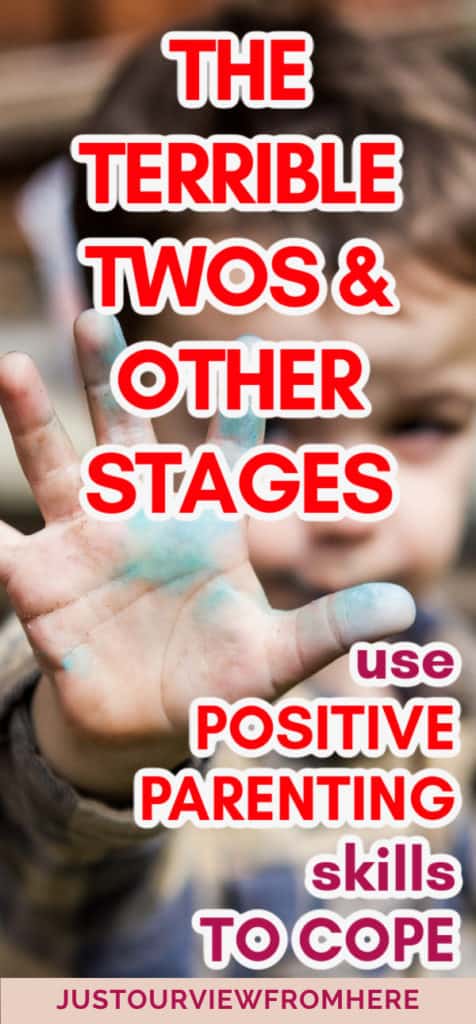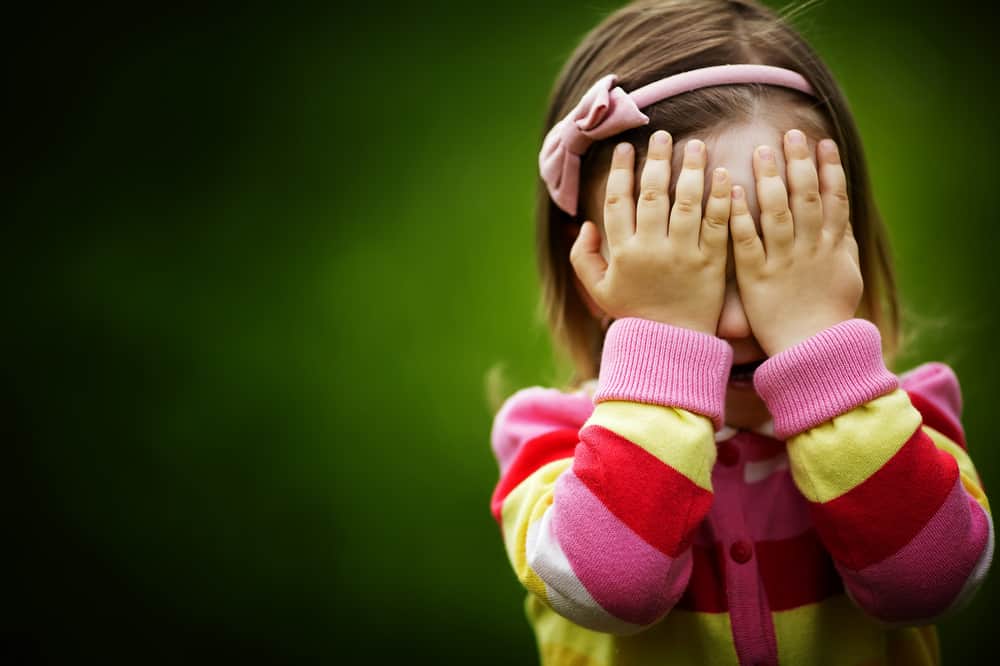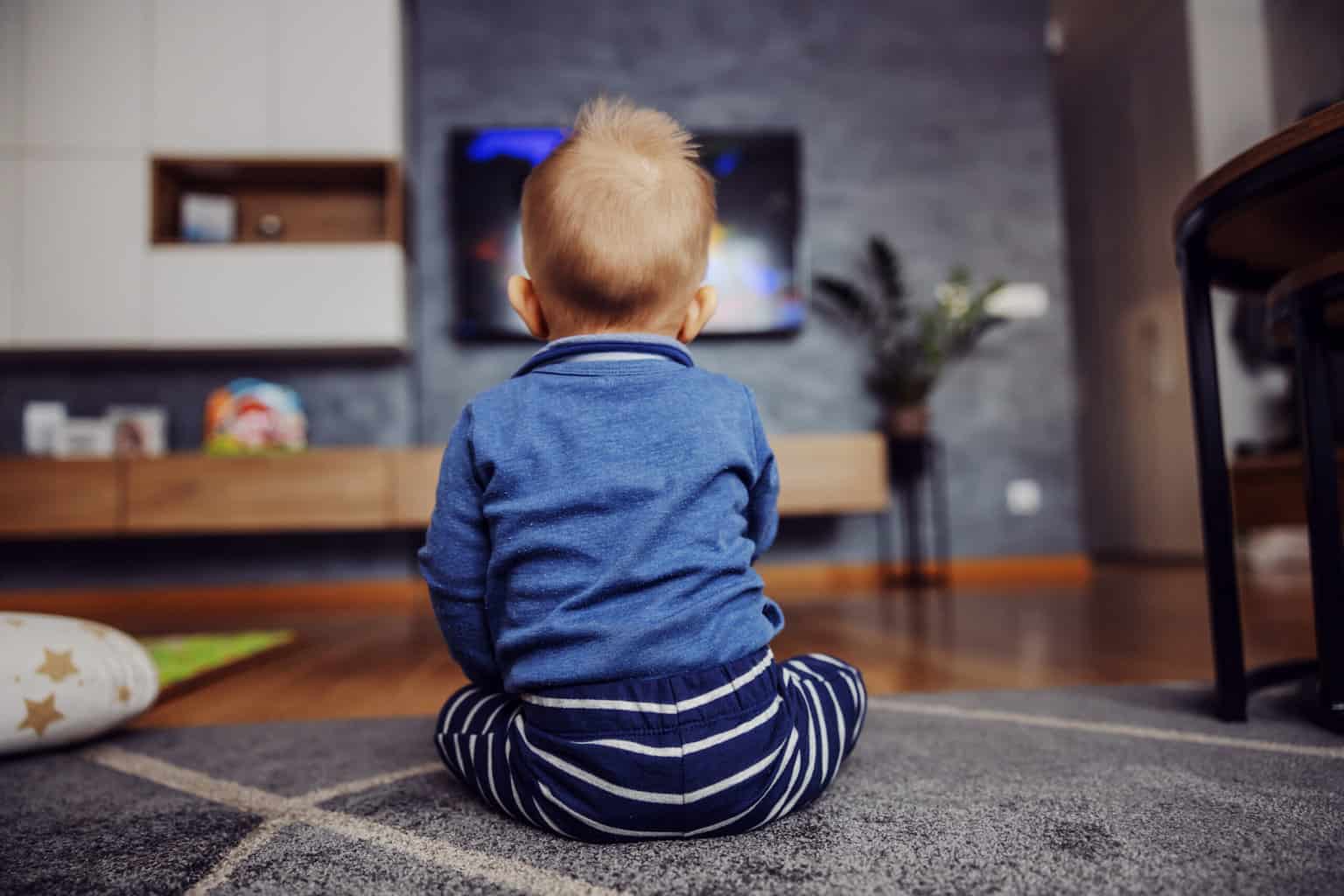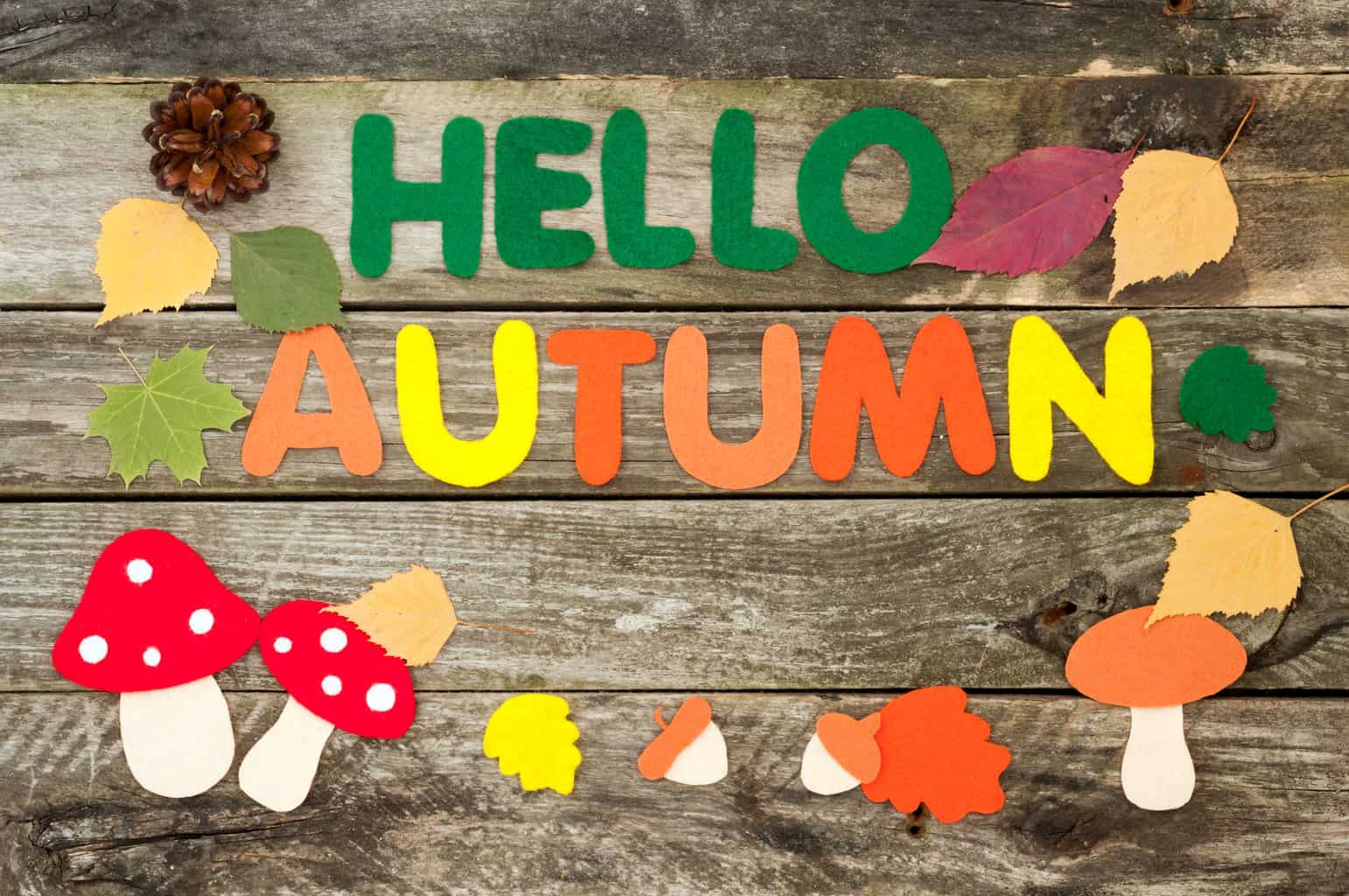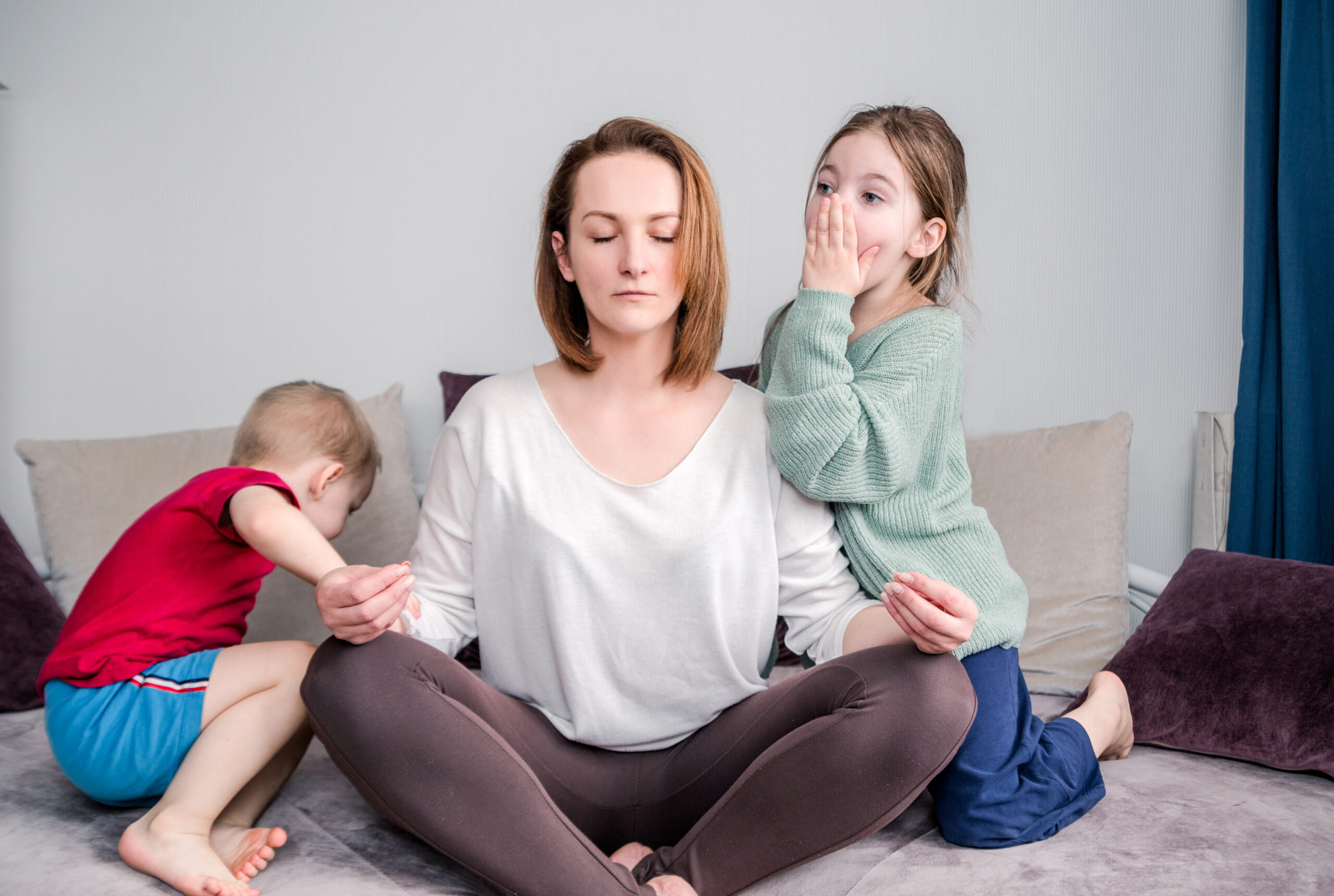Are The Terrible Twos REALLY All That Terrible?
You’ve made it through the newborn stage, crawling, teething, furniture surfing, and first steps. Now, are you ready to deal with the terrible twos and all the other stages that will follow?
One thing’s for sure, toddlers and little kids are super cute, but they can also be super defiant, cheeky, sassy, stubborn, and wild.
Remember, it’s all completely normal and you are not alone. But oh boy, toddlers and their ever-changing behavior will sure give you a run for your money!
Some of my blog posts contain affiliate links, from which we may receive a small commission at no additional cost to you. See more in our disclosure and privacy policy.
They say the ones are wonderful and after that, there are a few years of bumpy roads.
These early childhood years include the infamous terrible twos, followed by the other stages which can be called by various names including:
- Terrible Threes, Troublesome Threes, Treacherous Threes, or the ever-popular Threenager.
- Ferocious Fours, Effing Fours, F-You Fours
- Fantastic Fives, Finally Fives
- Snarky Sixes, Sassy Sixes
Just like with a box of chocolates, you never know what you’re gonna get when it comes to the different stages and ages of kidhood. Every child is uniquely and wonderfully him or herself!
The best thing we can do as parents is to prepare for the terrible twos and beyond so we’re ready for anything! Let’s dive in shall we?
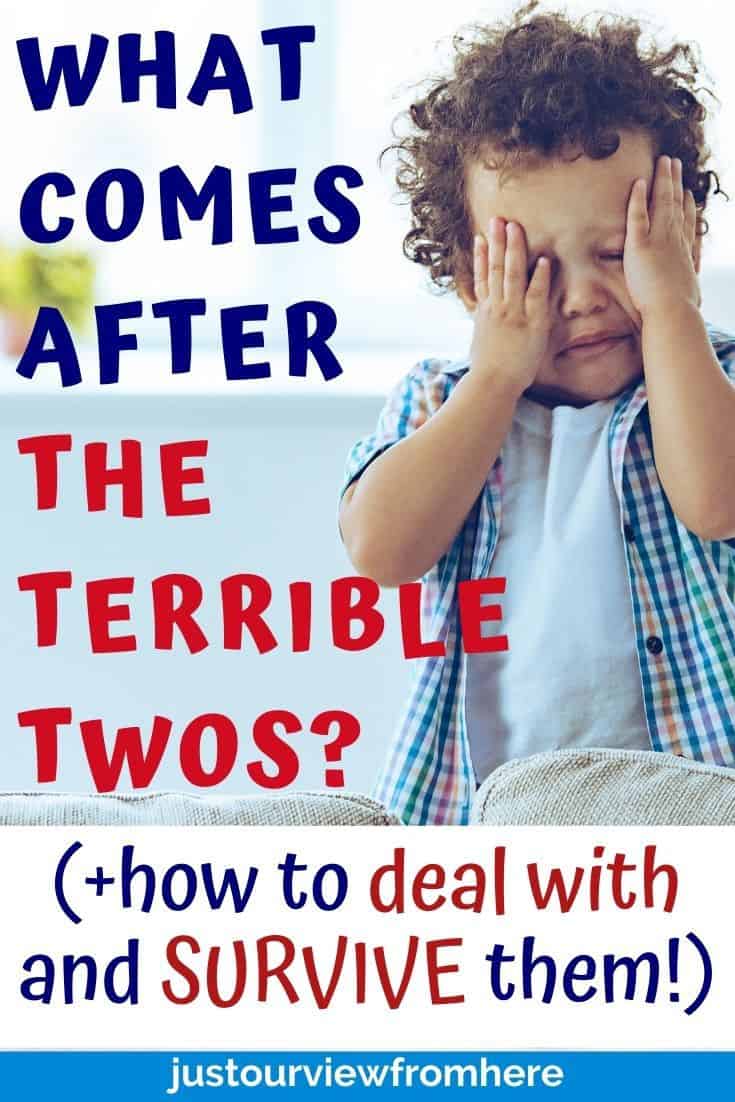
The Terrible Twos
Ah, the terrible twos…the expression is so familiar that even before you have kids, you will definitely have heard it.
In actuality, the terrible twos is one of those stages of child development that can occur at different times for different kids.
It could be as early as 18 months or even a bit later than their second birthday.
Some kids will breeze right through it and be perfect little darlings, those “angel babies” as Tracy Hogg in her book The Baby Whisperer refers to them.
A mythical creature that you’ve heard of and dreamed of seeing one day..sort of like a magical unicorn or a shimmery fairy with silver wings who whisks you off to enchanted places.
But for most of us, the only mythical creature we encounter is more akin to the troll who lives under the bridge or a shrieking banshee. (Albeit a deceivingly adorable little monster).
But take heart, dear parent! As with all things baby, toddler, and kid-related, this is merely a stage.
It’s so important to stay positive and look on the bright side, even when faced with the challenge of the terrible twos and all the other stages your child will go through.
Take a deep breath, keep calm, and know that this too shall pass.
What Are Some Terrible Two Symptoms/Signs?
In a nutshell, the terrible twos are various defiant behaviors, and pushing boundaries.
Hopefully, your toddler does not engage in ALL of these “bad” behaviors, but the most common are:
Saying “NO” (ALOT)
Kicking, hitting, biting
Temper Tantrums
Screaming
Fighting with siblings
Not following/ignoring rules
Tuning you out
Throwing themselves on the ground in a total meltdown
*****
The rolling on the floor, screaming at the top of the lungs toddler temper tantrum is always super-duper fun (not), especially when it occurs in public.
I remember my two-year-old doing this at the grocery store because I told him it was time to go home for supper.
It didn’t matter to him one little bit that I had let him play on the mechanical pony ride for 30 minutes and given him several “heads ups” that we were leaving soon. In his eyes, it was the end of the world.
We’re talking a full-blown, writhing-on-the-floor crazy toddler meltdown.
I used everything in my bag of tricks to help him through it, got down to his level, hugged it out, tried my calmest voice.
I just had to let him ride it out.
When he got calm enough to where he was only sobbing, I picked him up and carried him out.
That was no small feat, as he was pretty heavy at that point, (not to mention the three bags of groceries I was toting).
But we survived.

How To Deal With The Terrible Twos
Try These Steps To Diffuse A Toddler Meltdown!
- Remain calm!
- Take a deep breath
- Get down to their level
- Try to look them in the eye with the reassurance that you are right there
- Don’t bother trying to speak over them yet (they won’t hear your words above their screaming anyway, wait until they are calmer)
- Hold their hands reassuringly or do a deep pressure hug if they let you, (if they resist, respect that and wait)
- Let your toddler ride it out and just stay next to them until they are ready to let you console them
- Try getting them to take deep breaths with you to quiet themselves
- Comfort them and tell them that it’s ok to cry and it’s ok to have big feelings.
- Reassure them that you understand, you are there for them, and that everything will be okay
Temper Tantrums Are Normal
Child development experts say that temper tantrums are common toddler behavior and are largely born out of fear and frustration.
Your child needs to feel safe and reassured that you are there for them.
It’s a challenge not to turn into a stressed-out parent when a tantrum strikes but keep in mind it’s only a stage.
One of the best things I ever did to learn how to be a better and less stressed parent was through Amy McCready’s Positive Parenting Solutions. She has a free masterclass (yes, free) and I swear, I stumbled upon it at the exact right time in my life. What I learned from Amy has 100% helped me keep my sanity as a mom! You can sign up for her webinar here and in just an hour you will get a wealth of parenting know-how! It’s for parents of kids from 2-15 and everywhere in between!
Whatever you do, don’t take any of their terrible two behavior personally!
Remember, temper tantrums are normal behavior during the terrible twos and even into the other stages.
These little people have really big emotions (like we all do!) and they are just not sure what to do with them yet.
And if you happen to be raising a highly sensitive child, as we are, you’ll need some extra tools in your parenting toolbox to help your child understand how their brain works. These tools can help them learn to self-regulate and thrive, regardless of the situation.
Kids’ brains are developing very rapidly but they just can’t yet regulate their feelings.
Stay calm and teach your child that it is ok to feel mad or frustrated but give them the tools to get themselves through the feeling.
Belly breathing, counting, and calm down (sensory) glitter bottles are all good techniques to try with your toddler during the terrible twos stage.
If you happen to have a child with a speech delay as we did, add to the mix the fact that they don’t have many words to communicate verbally and express their feelings.
Imagine the frustration!
If this is the case, you may want to consider a speech therapy program to help improve your child’s language skills.
Remaining calm during your child’s temper tantrum is paramount.
Remember, you are their safe place, their rock, so you just have to ride out the storm with them.
Keep reminding yourself that “terrible two” (and 3) behavior is a completely normal developmental stage and you are not a bad parent.
No one has the right to judge you! (And if they do, that’s their problem).
Rachh Loves Life offers some excellent tips on how to deal with the terrible twos, your toddler’s big emotions, and the temper tantrums that often accompany this difficult stage.
Check out her short video below!
you may also like:
7 Positive Parenting Tips To Help You Become a Calmer Mom (No Yell Parenting!)
How The Heck To Handle A 2 Year Old Nap Strike
The Trying Threes And Dealing With Threenagers
So, does your terrible two kiddo instantly turn into that magical unicorn suddenly when they turn 3?
Not likely, say the experts.
Some actually lean toward the conclusion that the terrible threes may be worse (sorry to be the bearer of bad news).
Combine your child’s expanding grasp of language, cause and effect (pushing your buttons) with the fact that they are smarter, bigger, louder, and heavier.
They also may be in the process of dropping the nap, even though they might still need it some days.
Ugh…you will mourn the loss of the nap, trust me. Well. I did anyway.
In our house, we definitely found threes harder than twos but it is a very fun age as well!
You are literally watching in real-time as your child develops their own personality, ideas, and views of the world around them.
Be warned though, three-year-olds are brutally honest and may tell you you have a big bum from time to time. That was my experience, at least. Lol.
Three-year-olds have NO filter.
It’s a great age to have a kids’ quotes journal to jot down all the funny things your kids say, so you’ll remember them when they’re older.
Especially the stuff they come up with that’s hilarious but you have to pretend it’s not and keep a straight face (so they don’t repeat it to their teacher or Grandma…)
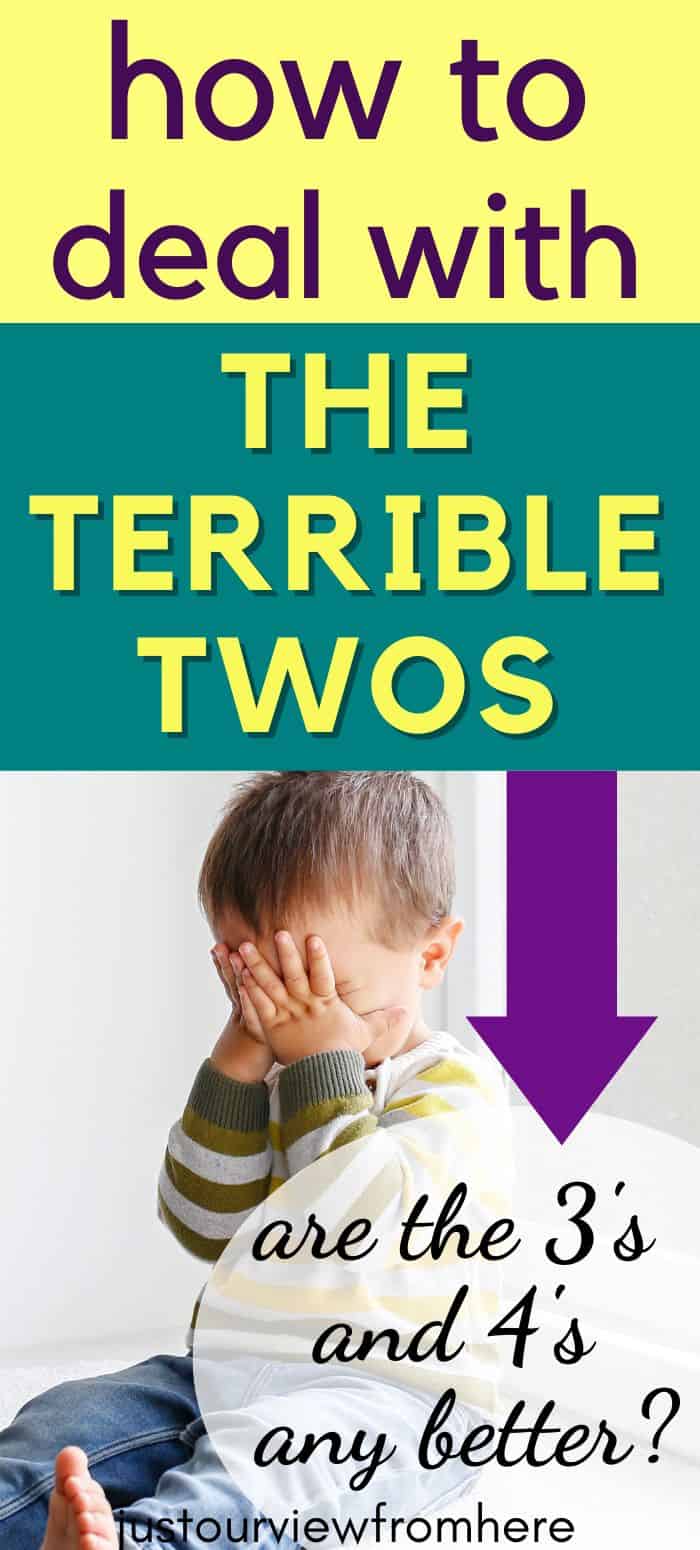
Fearsome Fours
When four arrives, you’ll have a mixed bag of behavior, including backtalking, maybe a sprinkle of whining, and a list of never-ending questions.
Also, the questions will start to get harder to answer, you may even have to look up some answers. Lots and lots of “why’s?” and “how comes?”
We actually have a book called The Big Book of Why and it’s a great help. Sort of beats them to the punch!
It’s awesome to witness this development in real-time because your child is gaining a thirst for knowledge, and expanding their brainpower!
It can be a bit exhausting but hang in there and have fun with it!
Your child’s interests will be plentiful and with their ever-expanding vocabulary, there’ll be lots for you to chat about.
Also, their conversational skills will be improving rapidly around this age.
I’ve also heard of this stage being called the F*** You Fours but I’ll try to keep it rated G here.
Still, some defiance and button-pushing remain but the ability to reason with your child at 4 starts to get a little easier.
4-year-olds are really beginning to understand that there are consequences for actions, and depending on your parenting style those consequences will vary.
Try different things and above all, follow through with your statements about what will happen if they do something naughty.
If you say you are leaving the activity or wherever your child is acting up if he or she carries on, give your warning and the behavior doesn’t stop, you really have to leave.
Follow through with consequences otherwise, kids will know you’re bluffing!
If you make empty threats, they will absolutely know you don’t mean business. And they will remember when the next incident occurs.
Explain to your child calmly and firmly (but lovingly) that there are consequences for their actions and encourage them to make a better choice next time.
I like to do what I call the “time-out together” technique as opposed to the traditional time-out where the child is isolated.
For this, I will sit next to my son on the couch or his bed and we both take a time-out, usually 3-5 minutes does the trick. It’s sort of like hitting the reset button and then we start over. This calm-down technique actually works wonders to settle the whole situation down.
Some parents use time-outs or a 1-2-3 countdown. We find that counting down from 5 works pretty well for us. We’ve had some luck with behavior/reward sticker charts as well as a tool to improve behavior. We use a simple points system, accumulating points for nice manners and actions and deducting for the not-so-nice. At the end of the week when the points goal is reached, we let our kiddo pick a small prize as a reward. Charts like these work fabulously for some kids and can be used with older children too!
Fantastic (Finally) Fives
Take a breath and a long exhale. You have finally made it to the fantastic fives. Enjoy.
There are loads of wonderful things about the fives, beyond the fact that they are so stinkin’ cute.
They can genuinely do things on their own like carry a drink to the table without sloshing it everywhere and be big helpers with younger siblings or small household projects and chores.
Five-year-olds LOVE to help!
The fantastic fives tend to be a lot more cooperative and their listening skills are much better.
They can also entertain themselves for longer periods of time, develop charming, funny, and quirky personality traits, and keep you laughing.
I remember my nephew at this age being so hilarious and just thinking, wow this is the greatest!
Incidentally, most of the time they still think you are the cat’s meow, will snuggle a lot, and haven’t gotten too big for their britches (YET).
If you’re lucky your 5 year-old may even be able to do a decent job at wiping their own bottom! I’m not guaranteeing this but you might get lucky. Haha!
Snarky Sixes
Here comes the sass!
Six-year-olds get smarter every day, and a fair chunk of the time they may actually think they are smarter than their parents.
Becoming more socialized by attending school with peers has a lot to do with the emerging sassiness of a six-year-old.
Picture this, “Well, so and so’s mom says this or does it this way”, or “You’re wrong Mommy, my friend Suzy told me that swallowing gum actually is good for you so…GULP”.
There may be some grade school drama involving their little friends from time to time as well.
Do your best to deal with it all in stride. Your sweet little 6-year-old munchkin is still in there.
Keep the lines of communication flowing and always let them know they can talk to you about anything, (even though you apparently know nothing… lol), and of course that you love them to the moon and back.
At this age, kids can start journaling about their feelings and emotions too. A guided feelings journal with written prompts is an excellent way to help them navigate and manage all their changing emotions as they grow.
This Too Shall Pass
Of course, each age and stage of childhood comes with its own set of characteristics and behavior. Some good, some bad, some ups, some downs.
It’s all a part of this crazy little thing called life and being a parent.
All too soon, the so-called “bad” toddler behavior and the early years of childhood will be replaced by tweens and teens. And yep, you guessed it…a whole new onslaught of trials and tribulations.
Remembering that “This too shall pass” is one of the best ways to keep it in perspective as you navigate the terrible twos temper tantrums and all these other challenging stages of kidhood. You will survive them all.
Take each moment as it comes, have a laugh, and hold fast to precious memories because life goes fast and this day will never happen again.
Life is far from perfect, but it certainly has beautiful moments.
Find joy in the journey!
Until next time, K.

Kelly Blakely is the founder and creative force behind Just Our View From Here. As a first-time mom over 40, she brings a fresh perspective to parenting and family life on her blog. Kelly also explores a wide range of lifestyle topics in her writing, including fashion, beauty, self-care, and well-being.
Just Our View From Here is a participant in the Amazon Services LLC Associates Program, an affiliate advertising program designed to provide a means for sites to earn advertising fees by advertising and linking to Amazon.com.
resources
Highly Sensitive Child Challenges: Supporting Your Child
Positive Parenting Solutions Free Webinar
Tracy Hogg‘s book The Baby Whisperer really helped us when we were going through some difficult stages.
No Bad Kids: Toddler Discipline Without Shame by Janet Lansbury
If you’re a mom with a sense of humor, you’ll love Mamas, Don’t Let Your Babies Grow Up to Be A-Holes by Karen Alpert. Pretty damn funny.
Benefits Of Taking Your Kids To The Library
11 Compelling Reasons to Bring Your Kids to the Library A Library is a magical…
The Best Educational Toddler Shows on Netflix
Streaming Smarts: Unleash the Power of Netflix for Your Little Learners! Hello, super moms and…
Easy Fall Arts And Crafts Ideas For Kids
Simple Autumn Arts And Crafts For September & October It’s fall y’all! It’s the perfect…
Positive Parenting Top Tips For Parents
How To Be A Better Parent ( Without Yelling) As a mom myself, I know…
Reading With Preschoolers-Tips For Parents
Are You Wondering How To Raise A Reader? When it comes to kids and reading,…
Space Books For Toddlers And Preschoolers To Blast Off Learning!
30 Preschool Books About Space And Astronomy Updated Feb. 9, 2023 Toddlers and preschoolers who…
